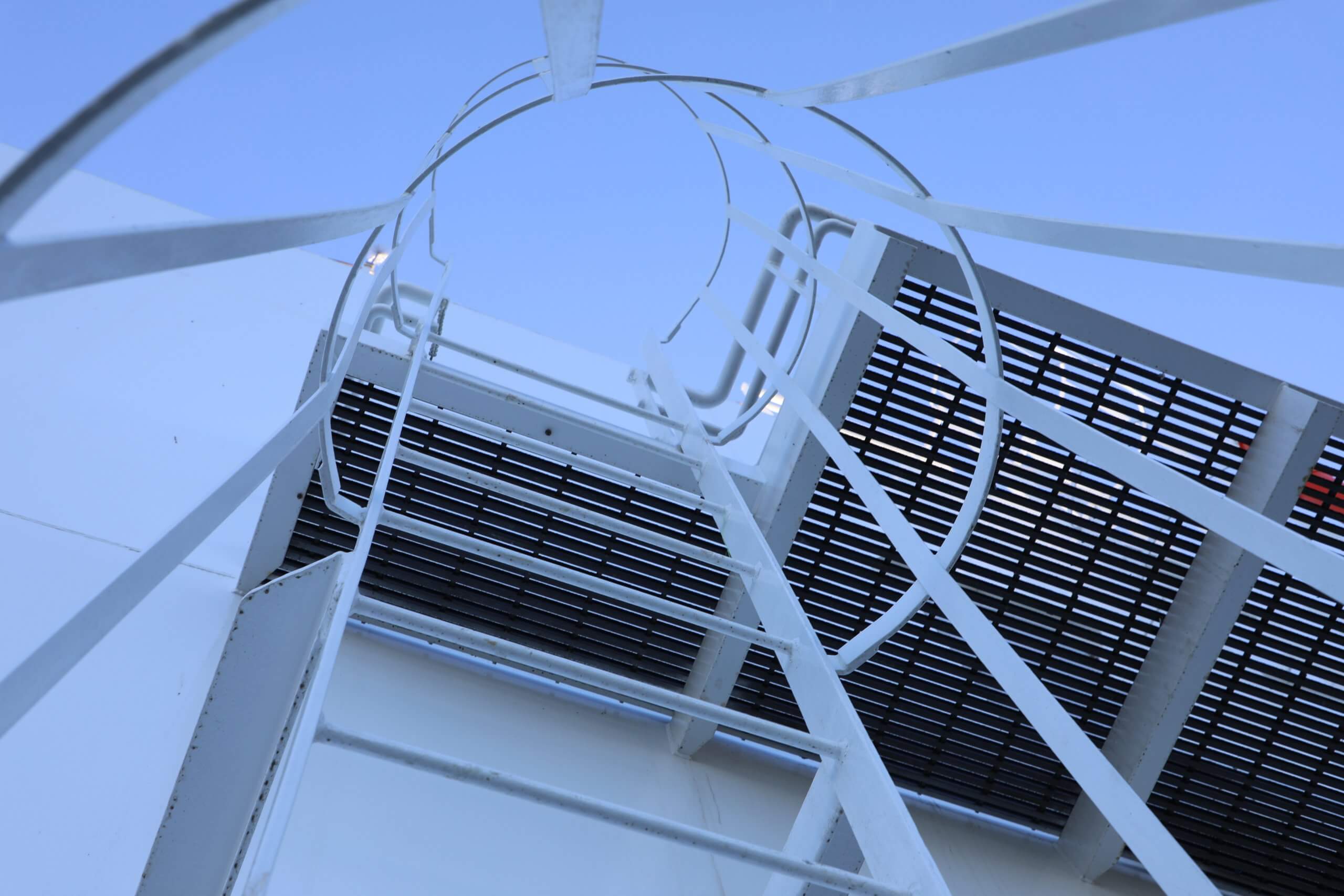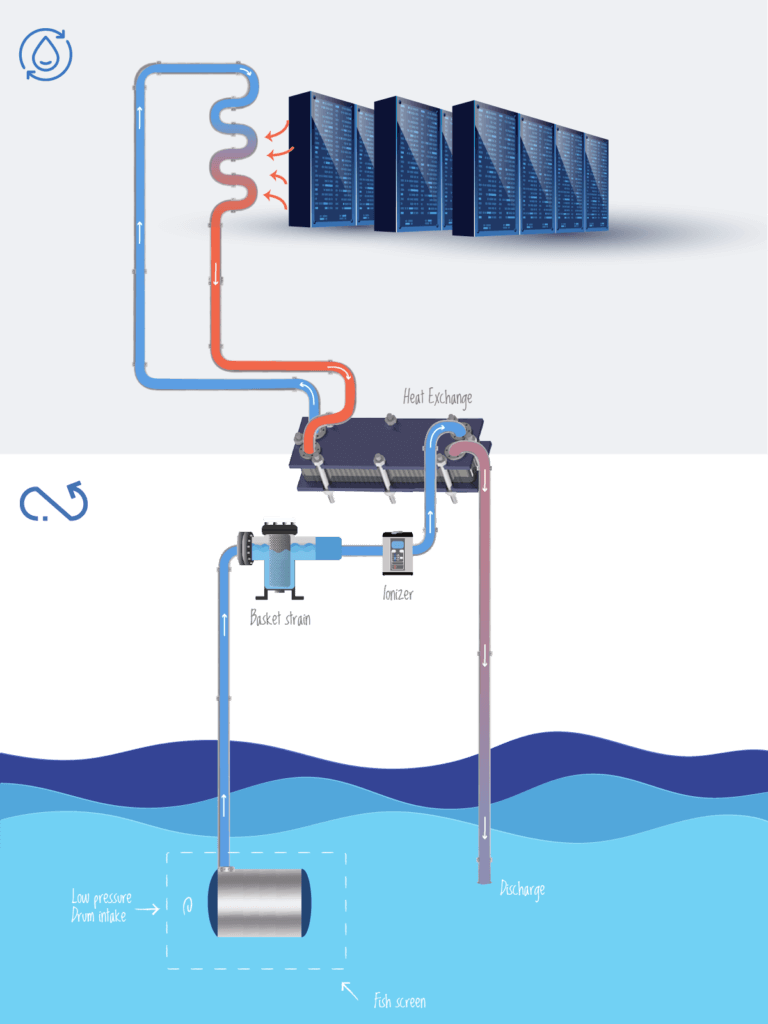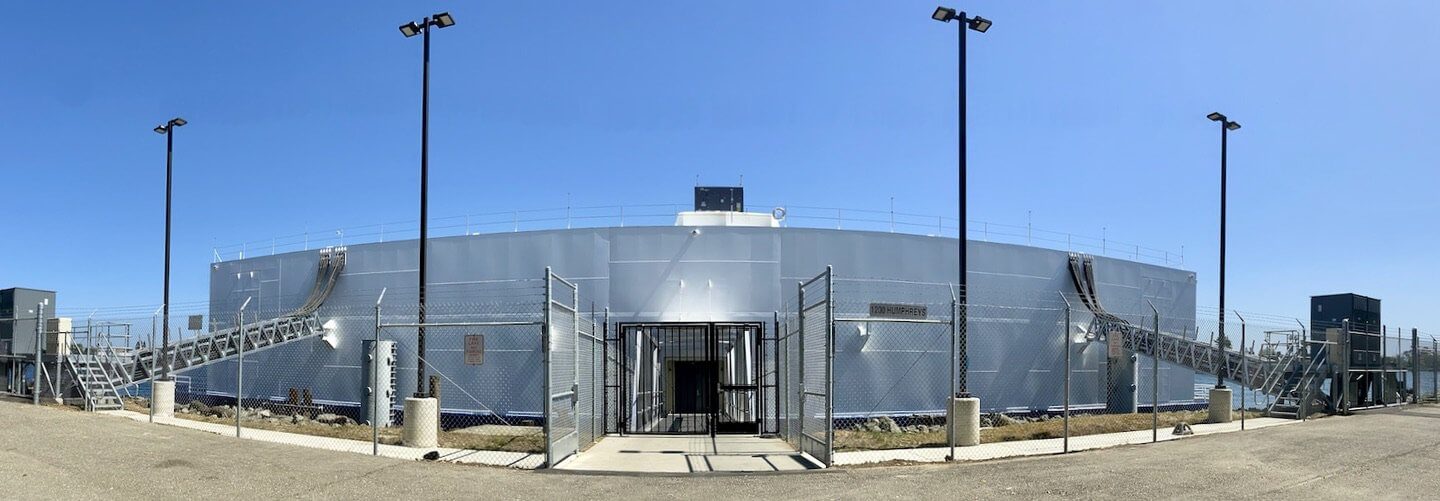How Nautilus is Splashing Cold Water in the Face of Moore’s Law
As technologists, we believe that computing power will continue to increase over our lifetimes and look forward to new releases of favored apps and hardware that we love. Looming on the horizon are significant changes like artificial intelligence, virtual reality indistinguishable from real life, and autonomous transport.
The progression of technology will continue stepwise, we believe, following the principles of Moore’s law — double the capability for the same cost every two years or so. For users of powerful applications and services across the enterprise, we can look forward to greater knowledge from larger data repositories, insights drawn from hugely distributed information systems, and all delivered to us with the tap of a screen or click of a mouse.
That’s all good in theory, as data center compute, storage, and network capacities continue to grow. However, it’s becoming apparent that the laws of physics are about to throw a large spanner into the smoothly whirring machinery of technology’s stepwise progression. Increased computing power causes increasing amounts of heat, and despite some potential new chip designs around the corner that may help (more on these possibilities later), in the next few years, data centers are about to hit an economic wall. That’s when it becomes literally impossible to lower the temperature of high-end computers by conventional means, so they are both economically viable and able to function physically.

Source: Nautilus Data Technologies
In short, Moore’s law may continue leading down the path to more powerful processors, but we won’t have the infrastructure capable of running them economically — at least, that is, using traditional methods of cooling data centers.
Already, certain technologies are at the edge of what even the newest DCs can provide for. NVIDIA and Applied Material processing is pushing the power-to-heat ratios, and few data centers can run strenuous workloads for prolonged periods. When those high-end HPC instances become run-of-the-mill, the progress we’ve all been assuming will continue, will grind to a halt.
That is unless we rethink how we cool down the increasingly powerful computing arrays on which we are becoming increasingly dependent. It’s here that Nautilus Data Technologies presents solutions that are one of the few facilities that can run advanced high-performance computing workloads at scale today. Furthermore, its natural cooling technology removes the infrastructure limits that every other facility in the world will inevitably hit.
As the name suggests, Nautilus uses any body of water to cool its facilities in the most straightforward manner possible. The cooling systems have zero ecological impact whatsoever. It can utilize the ocean, lakes, rivers, grey, potable, or brackish water, making only a negligible temperature difference to the water that passes through its harmless and chemical-free systems.

Source: Nautilus Data Technologies
That means as workloads increase in intensity and duration and demand for processor-intensive applications increases, the Nautilus Data Technologies data centers can provide the scale and elasticity that companies now demand, as a matter of course, at price points that are viable and sustainable. Each rack can take up to 55kW of compute, rising to 100kW with the immersion cooling systems, with a total global PUE for the facilities of 1.15 — and zero ecological impact.
Many large hyperscale data center and cloud providers are hedging bets with self-funded investment into new, cooler chip designs like RISK V and ARM. As these technologies evolve, there will undoubtedly be beneficial consequences in terms of lower power drains required to cool processor arrays. But with the demand for better and faster compute, any respite on cooling demands is inevitably temporary.
The Nautilus Data Technology DCs will continue to provide powerful, leading-edge compute, storage and networking at market terms, despite offering enormous capacity for intensive workloads at “normal” prices.
The laws of physics may have presented Moore’s law with an unassailable obstacle. But the same rules — specifically, the laws of thermodynamics — offer the only practical, working, and economically viable way to bring tech like ML and AI (for example) to the market at scale.
To learn more about this fascinating, revolutionary game-changer in data center cooling technology, reach out to a member of the Nautilus team.









